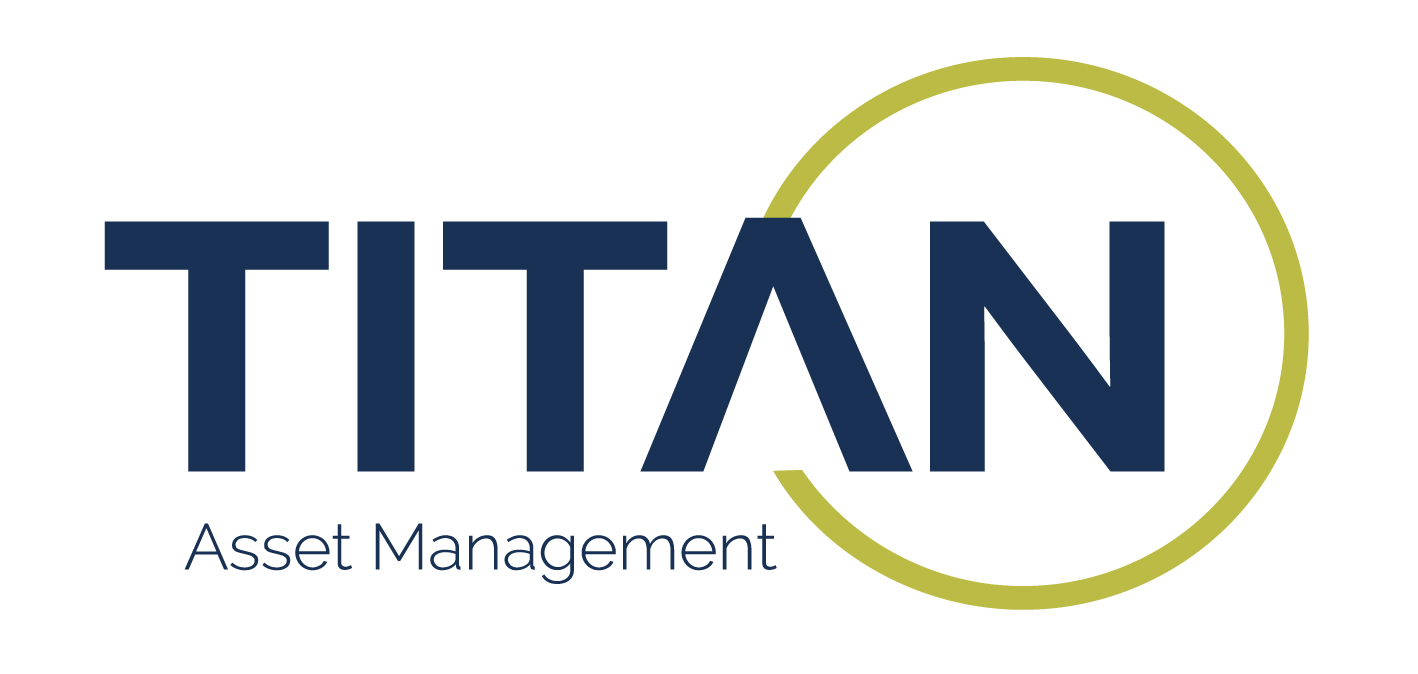While a more precarious deflationary pathway may make some fund selectors more thoughtful about their active bets, John Leiper, CIO at Titan Asset Management, said there are still opportunities to be found in ETFs addressing esoteric commodity, fixed income and equity exposures.
Coming off the back of the ‘everything rally’ at the end of last year, Leiper noted “a healthy pullback in bond yields” through January “to correct for overexuberance”.
While suggesting inflation will likely settle structurally higher than pre-pandemic levels, he argued the direction of travel remains broadly deflationary and he would expect “a continuation of the disinflationary trend and decline in bond yields” once the early-year correction settles.
Leiper noted his firm has “neutralised a lot of risk relative to our benchmark” within its equity bucket, including closing out a China tech sector position and resisting the call of single country Mexico allocations, instead favouring of a structural underweight to low-cost benchmark emerging market allocations.
Within a beefed-up developed market roster, Leiper noted a core allocation to best-in-class, low-cost US equity ETFs such as the SPDR S&P 500 UCITS ETF (SPY5), with its recently reduced total expense ratio (TER) of 0.03%.
He added Titan AM is “increasingly tempted” by the case for equal-weighting US exposure, however, he said any approach to addressing the ‘forgotten 493’ would need to incorporate valuation and quality considerations.
Leiper said he was also “keeping an eye” on new launches such as the VanEck Morningstar US Wide Moat UCITS ETF (MOTU) and VanEck US SMID Moat UCITS ETF (SMOT), which capture companies well-placed to protect their market share through factors including intellectual property, pricing power and brand strength.
Moving along the curve
Much as his firm de-risked in equities by overweighting developed markets, in fixed income Leiper said his team moved closer to benchmark-neutral duration and added allocations to UK and European sovereigns in Q4 last year, having taken profits on being short duration US Treasuries for “most of last year”.
Betting on a decline in yields on the short end of the US Treasury yield curve, Leiper took out a position in the Amundi US Curve Steepening 2-10 UCITS ETF (STPU) when the 2-10-year yield curve spread was between 80 to 90 basis points (bps).
Despite some “whipsaw action”, he said subsequent yield curve steepening had generated “good profit” and his team “continues to hold” the ETF.
“Our view is as the US economy pulls through and monetary policy normalises, we would expect to come out of inversion and into a more conventional curve structure – and we see that playing out over time,” he continued. “That is our key differentiator trade in fixed income at the moment.”
Yellow cake
Interestingly, Leiper said where his team is taking active risk, it has reduced the number of ETF-based convictions to focus on uranium exposure, which is serviced by products such as the Sprott Uranium Miners UCITS ETF (URNM) and Global X Uranium UCITS ETF (URNU).
However, prior to the launch of the Sprott Junior Uranium Miners UCITS ETF (URNJ), he noted a gap in the market is junior uranium miners, which he said “would be good to have in Europe”.
“There is a sense that larger names such as Cameco and Kazatomprom are a bit over-committed in terms of their contracts, so they are not as leveraged to the rising uranium price as some of the junior names, which are not quite as leveraged from a contract perspective, so they are going to have a bit more unhedged exposure,” he concluded.
This article first appeared in ETF Insider, ETF Stream's monthly ETF magazine for professional investors in Europe. To read the full edition, click here.









